World Class Starting Lines: Geometry and Geography
By Pietro Fantoni Diagrams and calculations by Stefano Longhi - Photos by Matias Capizzano It is quite difficult to get a good start with a fleet of 40 Snipes fighting for the best position. Even more difficult is trying to start in an 83 boat fleet on one long starting line, as we did at the 2015 Snipe Worlds in Talamone, ITA, especially when the wind was shifting back and forth as much as 30 degrees. Difficult for the sailors, and for the Race Committee. The starting lines were around 0.30 miles (about 550 meters). With a line so long, a wind shift of only 10 degrees results in a very big advantage to one end or the other. When the wind oscillates 20 or 30 degrees - as it did during the fourth and fifth day of racing, from N to NW, then back to N, then NE, and sometimes even from ENE - the advantage (or disadvantage) of one end over the other was even more amplified. ...
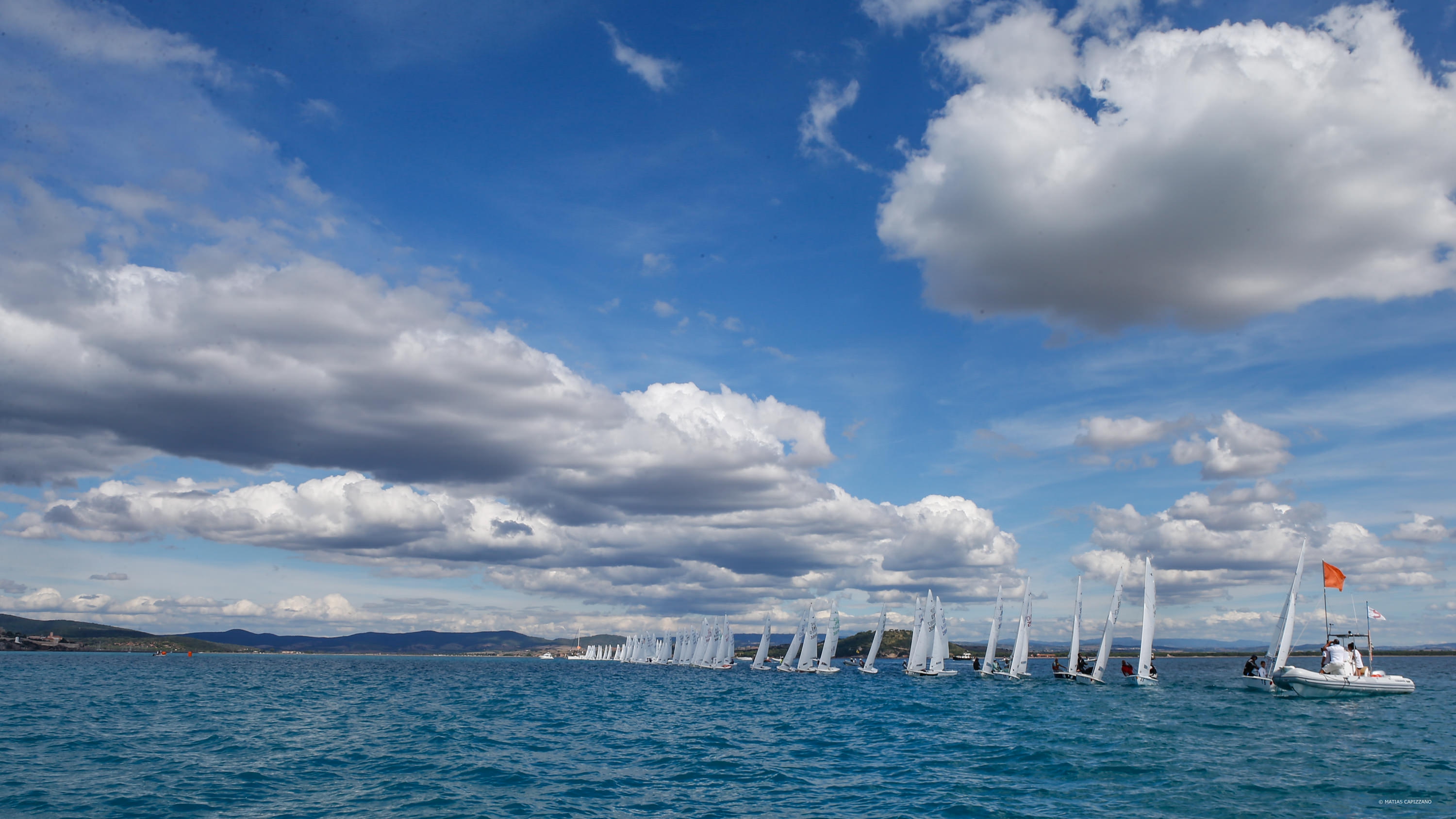

By Pietro Fantoni
Diagrams and calculations by Stefano Longhi – Photos by Matias Capizzano
It is quite difficult to get a good start with a fleet of 40 Snipes fighting for the best position. Even more difficult is trying to start in an 83 boat fleet on one long starting line, as we did at the 2015 Snipe Worlds in Talamone, ITA, especially when the wind was shifting back and forth as much as 30 degrees. Difficult for the sailors, and for the Race Committee.
The starting lines were around 0.30 miles (about 550 meters). With a line so long, a wind shift of only 10 degrees results in a very big advantage to one end or the other. When the wind oscillates 20 or 30 degrees – as it did during the fourth and fifth day of racing, from N to NW, then back to N, then NE, and sometimes even from ENE – the advantage (or disadvantage) of one end over the other was even more amplified.
…
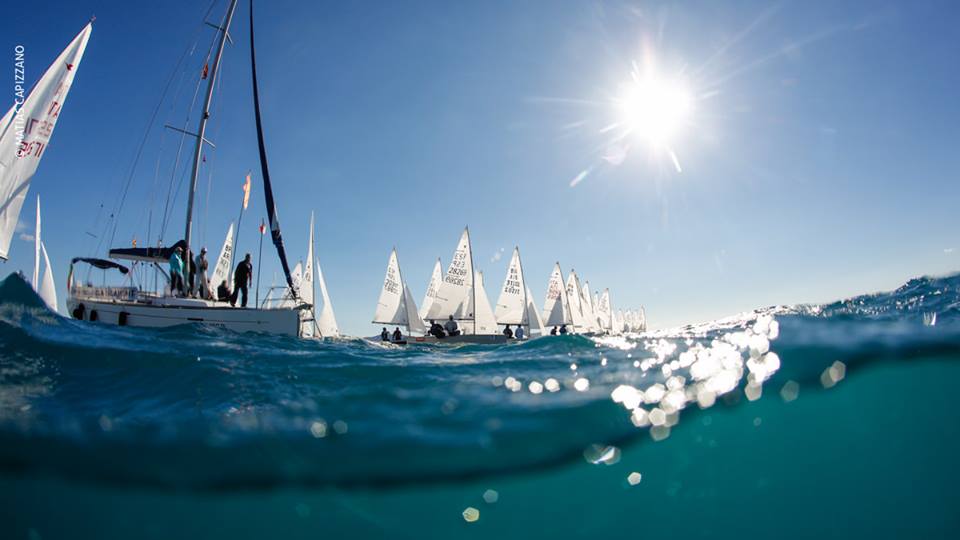
Admittedly, it was very frustrating to spend eight hours on water to finish only one race per day. Despite the efforts and hard work of the Race Committee to set a square starting line, by the time the start went off, the wind had shifted again and one end was once again too favored. So many boats crowded that side that several often ventured beyond the limits granted by the Racing Rules of Sailing. The effort of the Race Committee became a Sisyphean task.
The difficulty is the result of two things, one trigonometric and the other geographic …
Long line = big leverage
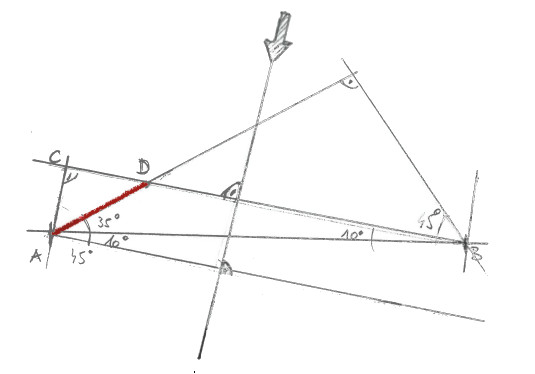
Assume a starting line of 550 meters and 45 degrees of true wind angle; then add a wind shift of 10 degrees to the right, so the ladder rungs no longer coincide with the starting line but rotate to the right. (Note: “ladder rungs” are imaginary lines perpendicular to the wind direction.)
The boat that started at the right end (near the Committee Boat: A) will already be 95.5 meters (difference between the two ladder rungs: A-C) ahead of the boat that started at the left end (close to the pin: B). The left boat will cross 135 meters behind the stern of the right boat, which is approximately 29 boatlengths (A-D).

With a 20 degree shift to the right and a 550 m line, the “delta” upwind (difference between the two ladder rungs) will be 188 meters, which will mean a difference of 266 meters at the crossing, or 56 boatlengths.
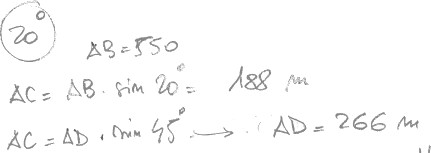
For those at the wrong end of the start line, it is already GAME OVER!
And the race is greatly compromised even for those who come from the middle of the line …
With a huge 30 degree shift (note: a wind shift of 20 degrees or more during the first leg shall cause that race to be abandoned and re-sailed, or abandoned – Rules of Conduct 5.4) the “delta upwind” will be 275 meters, or 82 boat lengths at the crossing!
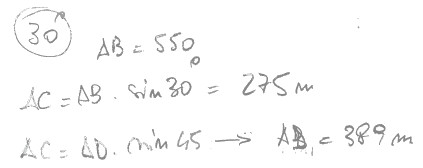
Summarizing:
10° wind shift
|
|
∆ upwind |
Distance at the crossing |
Boat Lengths at the crossing |
|
“Normal” Starting line 200 m |
35 m |
50 m |
11 Boat Lenghts |
|
“World Class” Starting line 550 m |
95.5 m |
135 m |
29 Boat Lenghts |
20° wind shift
|
|
∆ upwind |
Distance at the crossing |
Boat Lengths at the crossing |
|
“Normal” Starting line 200 m |
68 m |
96 m |
20 Boat Lenghts |
|
“World Class” Starting line 550 m |
188 m |
266 m |
56 Boat Lenghts |
30° wind shift
|
|
∆ upwind |
Distance at the crossing |
Boat Lengths at the crossing |
|
“Normal” Starting line 200 m |
100 m |
141 m |
30 Boat Lenghts |
|
“World Class” Starting line 550 m |
275 m |
389 m |
82 Boat Lenghts |
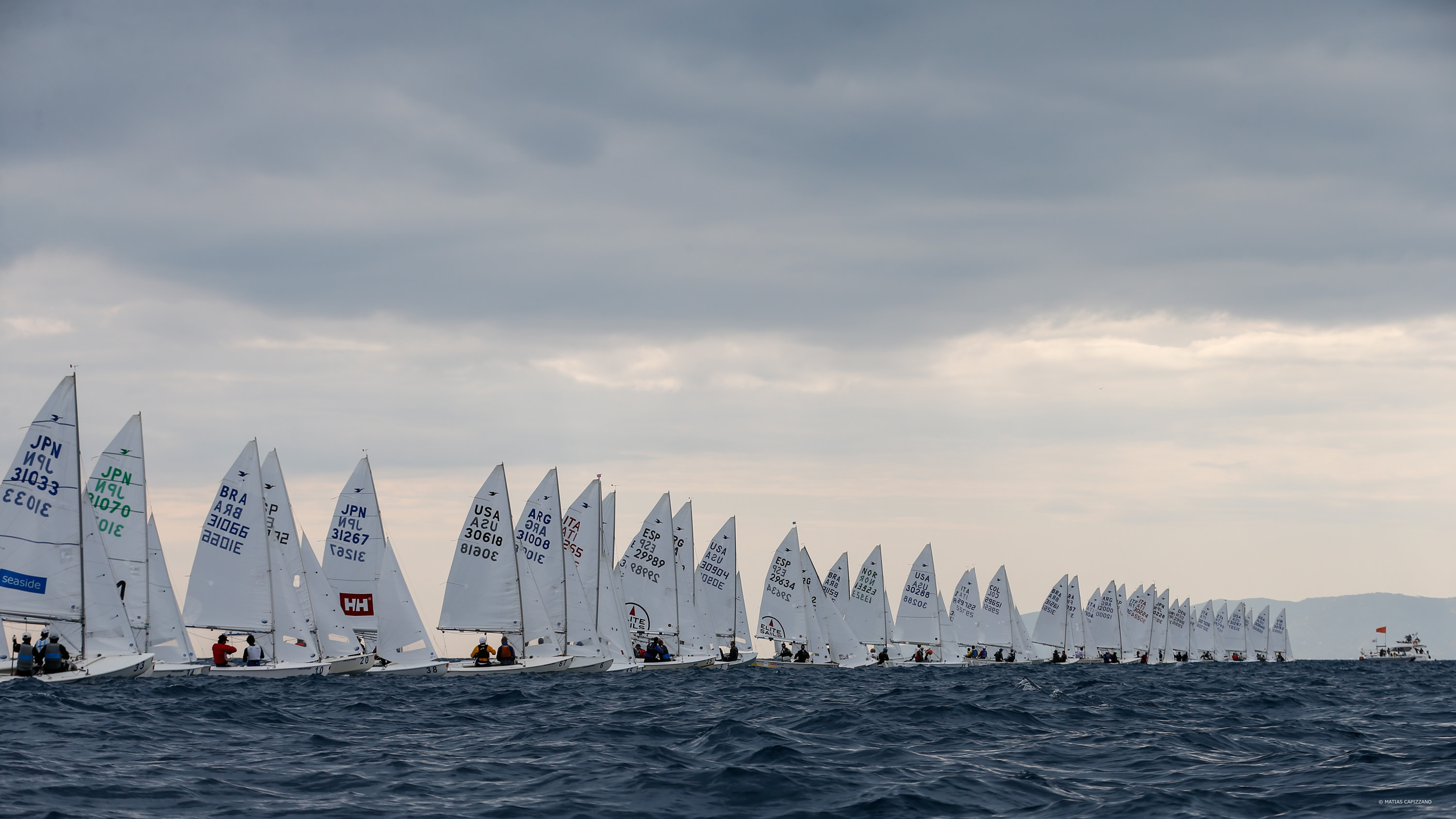
If to these trigonometric calculations we add another consideration, that the wind shift often coincides with an increase in intensity, it is evident that the boat located at the favored end will also have the advantage of more pressure, compared to those who are located 550 m away at the other end of the line.
The conclusion is that with an unstable wind, and more than 80 boats which results in a very long line, it is almost impossible to set a square starting line. If the line is not square, we will see a big mess of boats at one end, all pushing, crashing and yelling, and the Race Committee will be forced to hoist the AP or general recall flag …
There isn’t a real solution. The Race Committee is constantly forced to reposition the starting line and the race course to ensure a fair race.
The only solution is to try a different area for the race course, where the wind is more stable.
Location of the race area – geography
An offshore wind (coming from the land) is inherently unstable in intensity and direction. Normally the farther we move away from the land, the more stable the wind becomes in intensity and direction. Based on this assumption with northerly winds (which blow from Talamone toward the city of Porto Santo Stefano), the Race Committee decided to move southward, away from the land. We saw this trend on Day 4 and 5 of the Open Worlds: as time went on and the difficulty of setting a square starting line and race course became clear, the Race Committee moved farther and farther to the south, closer and closer to Porto Santo Stefano, in the vain hope of finding more stable conditions. I had never been so far away from Talamone in a Snipe. It seemed sometimes to be almost closer to Porto Santo Stefano than to Talamone. So in hindsight, was that the right choice?
To answer this question, we have analyzed the geography of the land surrounding the Gulf of Argentario.
As you see from the map, the promontory of Talamone is a partition or a deflector between the wind coming from NW and the wind coming from NE.
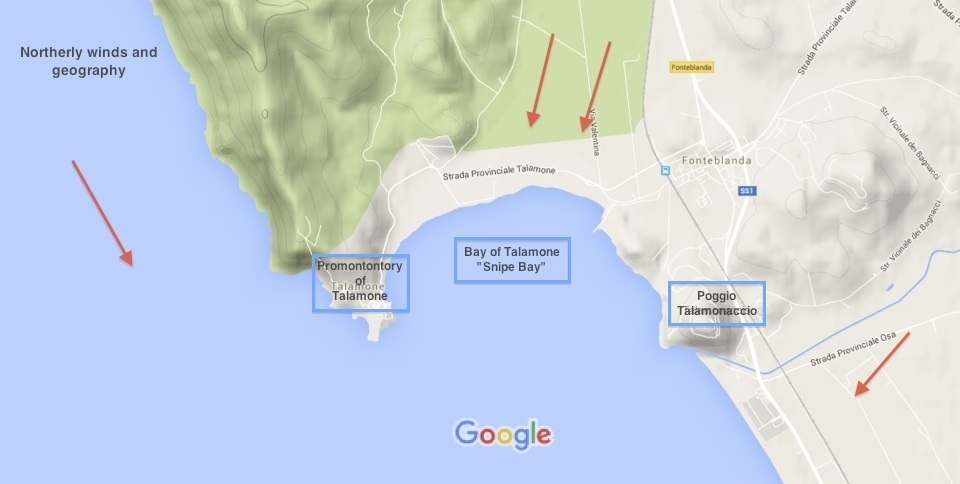
In the harbor and in the small Bay of Talamone, the NE wind prevails. This wind is gusty and oscillating, but the shifts are limited by the hills surrounding the bay. (It is closed to the left by the promontory of Talamone and a long range of hills going north, and to the right by the hill of Talamonaccio,”Poggio Talamonaccio,” which is 106 meters above sea level.) This wind is an offshore funnelling wind, characterized as gusty but from a relatively steady overall direction, as it blows from the land to the sea.
For other events in Talamone, we always sailed inside Snipe Bay with a NE wind. It is flat water, and the priority is looking for puffs. The direction is quite steady… for sure you don’t have 30 degrees shifts. You can sail 3 races per day and have fun. Usually the left side of the course is favored (perhaps due to the convergence), and this is the reason why the RC decided to move to the south … they wanted a fair two-sided race course not dominated by shore effects.
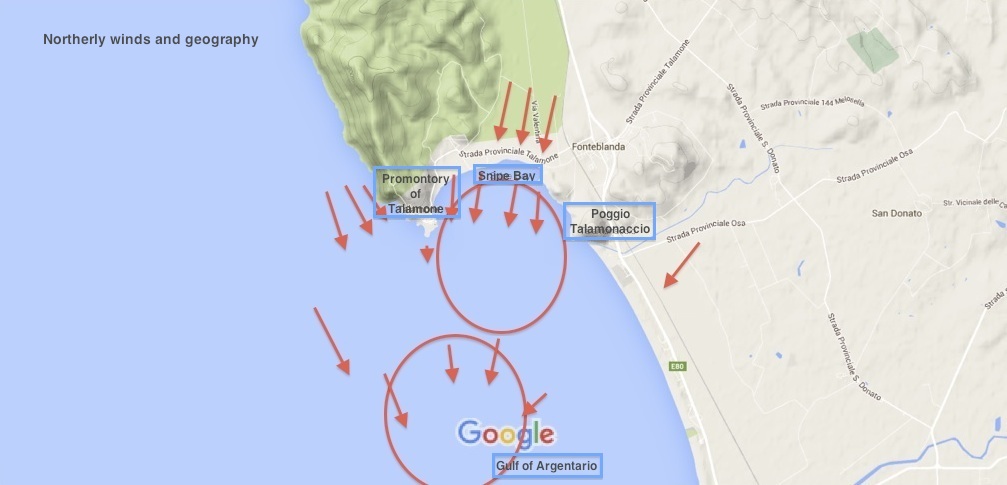
BUT
Moving southward means the wind doesn’t come only from Snipe Bay, from the channel between the Promontory of Talamone and the hill of Talamonaccio; it also comes from the left side of the Promontory of Talamone, i.e. from the NNW. Both winds collide, and neither prevails.
Moving the race course even farther south, we also experienced gusts coming from the right of Talamonaccio, ie from ENE. And these gusts were more frequent as we sailed to the right of the race course.
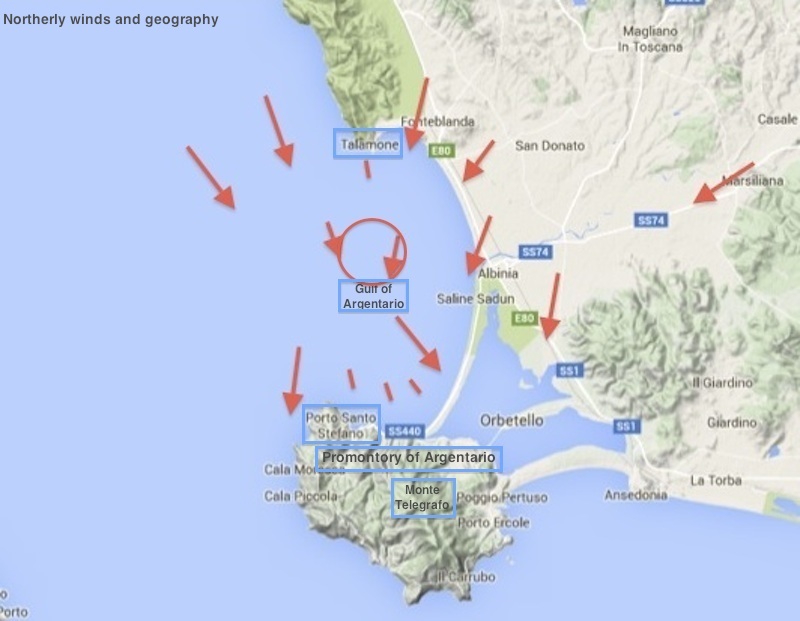
There is another issue to consider, which those who usually sail close to Porto Santo Stefano know well. The more we moved south, the more the air flow was affected by Mount Telegrafo (the highest part of the Argentario peninsula).
Monte Telegrafo is 635 m. above sea level, so of course it affects and deflects the wind that is coming from the north.
Conclusions
It is easy, but it is not nice to judge the work done by the Race Committee. With a very unstable wind, it was difficult to manage a world-caliber fleet of 83 boats, a start line of 550 meters, and a top mark 1.25 NM away.
I do not envy the job of the Race Committee. Their mission was almost impossible: to assure fair races, but do as many races as possible; to wait for a stable wind, but do not keep sailors waiting too long between races; to abandon a race for a huge shift, or to not abandon for a shift, because a shift is part of the game. Ultimately to make everybody happy is almost impossible.
In my opinion, it would be better to use the Zulu flag more effectively. Maybe it would not have been perfectly fair, but we would’ve gotten off two races on day 4, and maybe even on day 5 if the flag had been used as intended (with numbers noted on the board, rather than going to an AP). Not using it meant lost control of the fleet.
Also, in hindsight, it would’ve been better to move the race course back into Snipe Bay, even though this goes against the usual big regatta approach of getting as far from land as possible in an offshore breeze.
Yes, it was hard for the Race Committee, but it was harder because of where they set up. Maybe one lesson learned is to listen to the locals?
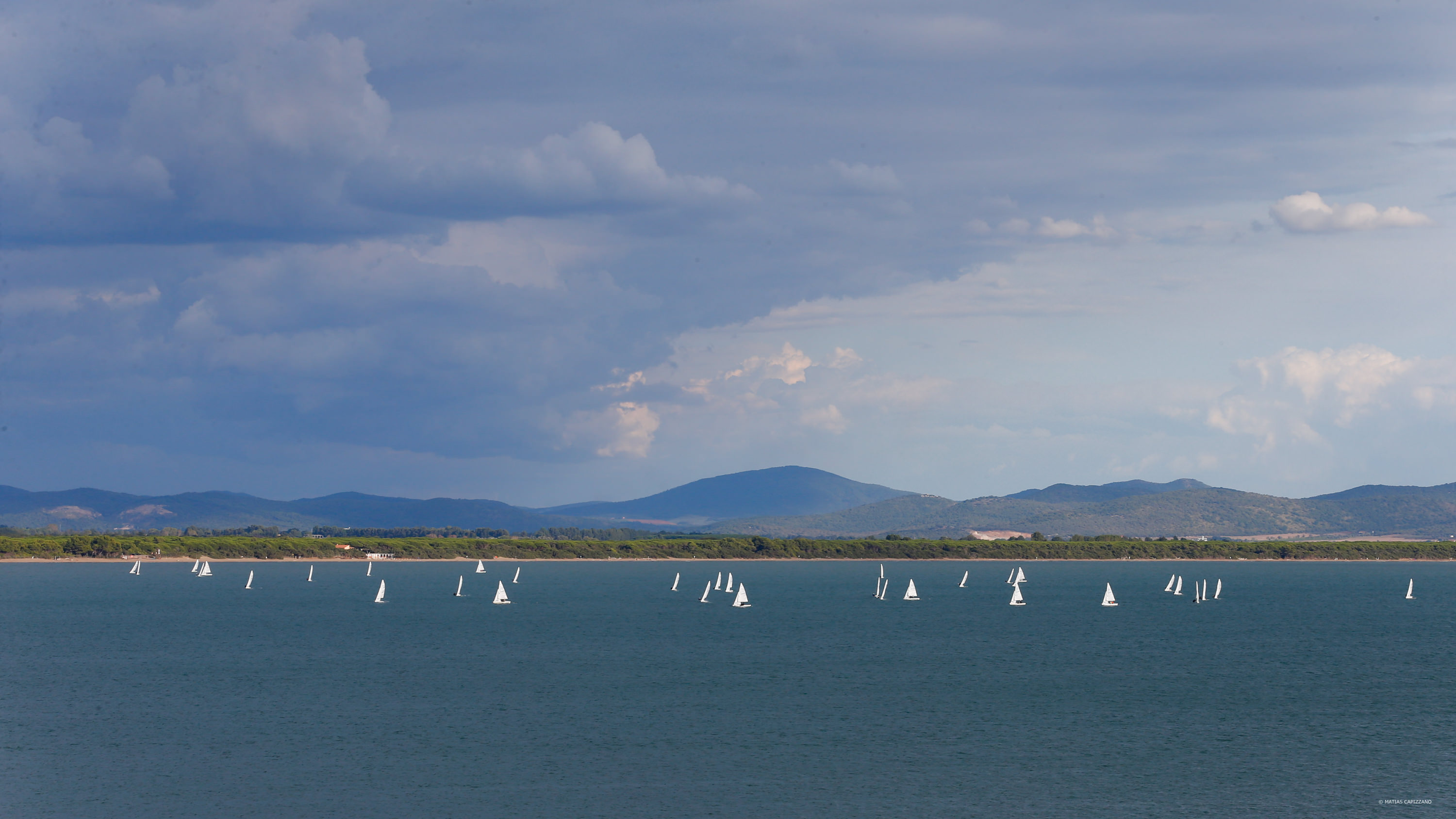

Leave a reply
Your email address will not be published. Your comment will be revised by the site if needed.

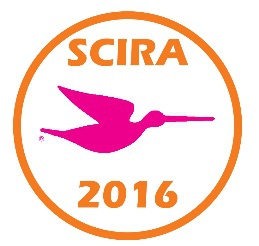
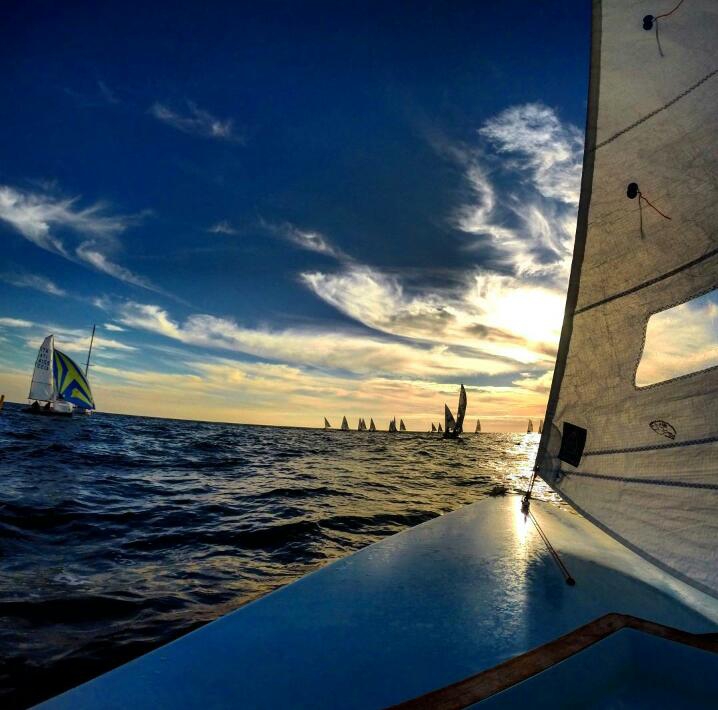
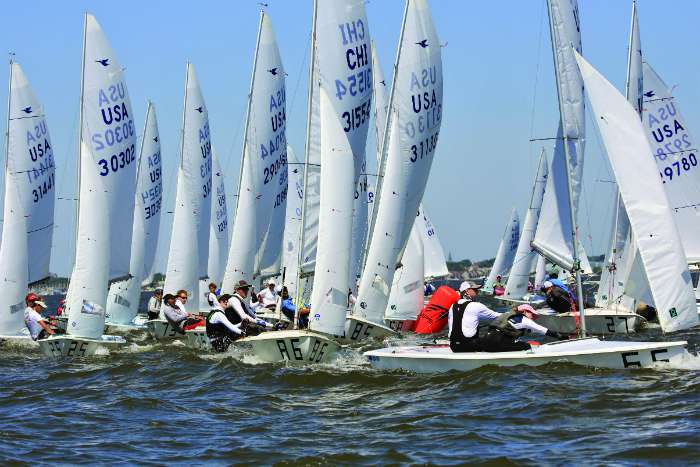
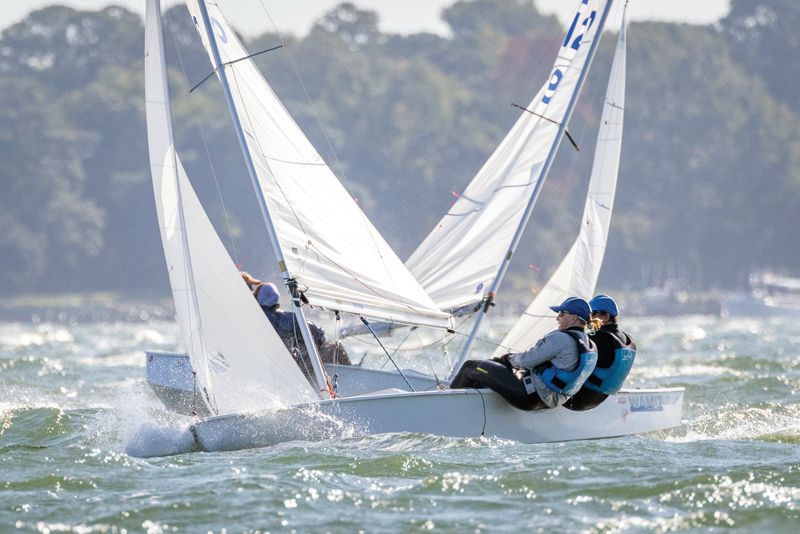

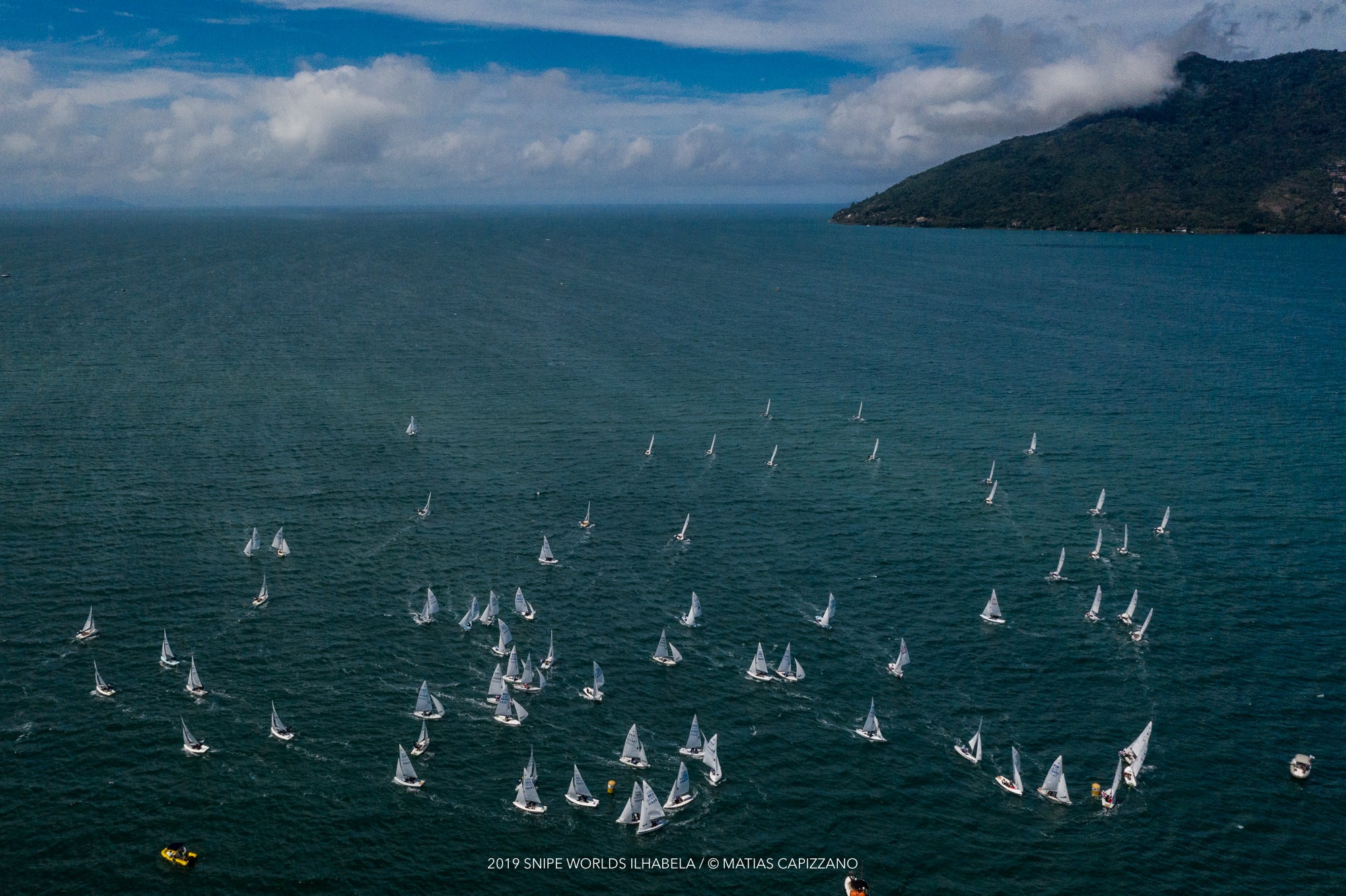
0 comments